【BON音樂】我的時代終將來臨:馬勒第一號交響曲《巨人》
Mahler Symphony No.1 “Titan”
– 資訊整理共享於網路,一起欣賞古典音樂之美 –
蹦藝術 | BONART
2021年是作曲家馬勒逝世110周年,因而也被稱為「馬勒年」,全球許多樂團與音樂家都用音樂紀念這位交響樂「巨人」。
延伸閱讀(維基百科)
作曲家馬勒生平
為何聽馬勒?
馬勒曾經自述:「交響曲必須包含整個世界,必須包含萬事萬物的聲音。」在他的交響曲中,世界自成一格,並且包含宇宙之聲。
綜觀馬勒一生的創作生涯,他不斷地在交響樂的各種創作領域與作曲手法中,將音樂推展至極致。對於這位已在在21世紀當代備受喜愛的作曲家,他的音樂是這天地之間全新的創作彷彿黎明之前的破曉,但在他所生活的20世紀初期,他的音樂仍處在毀譽參半的狀態。
馬勒曾說過:「我的時代終將來臨!」,讓我們跟隨蹦藝術節目主持人林仁斌的導引與介紹,慢慢帶您知曉為何在21世紀的現在,馬勒的時代,已然到來!
蹦藝術 Podcast 精選
S2 EP8|談馬勒與他的交響人生(上)
S2 EP8|談馬勒與他的交響人生(下)
推薦閱讀
「鄉民馬勒指南」馬勒 D大調第一號交響曲
作曲年份
1884年-1888年
世界首演
五樂章版本,兩大部分50分鐘
1889年11月20日由馬勒指揮布達佩斯愛樂交響樂團
樂譜出版
維也納Weinberger版(1899年2月)
維也納Universal版(1906年5月)
維也納Universal決定版(1967年)
樂團編制
《巨人》交響曲所需樂團編制較大,,各聲部均四管編制(視段落變化為家族樂器)為基本需求,法國號更達到7部,小號也使用到F調富魯格號。
| 木管樂器 | 銅管樂器 | 弦樂器 | 打擊樂器 |
|
|
|
|
每個樂章需要演奏聲部稍有不同,並不需要持續最大量聲部,在此以第四樂章開頭與終段「勝利主題」為例,列出最大樂團編制如下:
第四樂章開頭譜例:
第四樂章終段「勝利主題譜例
第一號交響曲《巨人》馬勒手稿
首演之後的演出記錄
|
第一號交響曲《巨人》樂曲樂章
目前全球經常演出有兩大版本:五樂章與四樂章兩種版本。
1889年11月20日晚間,藝文界重要人士紛紛趕赴布達佩斯威嘉朵音樂廳(Vigadó Concert Hall):作曲家兼指揮馬勒步上指揮台,首先以凱魯畢尼(Luigi Cherubini)的序曲作為音樂會開場,緊接著在一陣神秘深邃的聲音中,開啟了一首五個樂章的「交響詩」~這是他正式公開自己的交響曲作品,期待甚深。縱使上半部幾個樂章之後,觀眾都給予鼓掌肯定,但是從「送葬進行曲」樂章開始,大家紛紛傳出不自在或者驚恐的反應。最後,樂曲結束於熱情激昂的澎派尾聲,但台下的觀眾卻早已按捺不住情緒,眾人稀疏的掌聲之間甚至交雜著噓聲。
首演的演出失利,帶給馬勒非常巨大的打擊。在後來的十年間,他不斷地改寫樂曲的結構與配置,不僅將兩部份五樂章交響詩的型式調整為四個樂章的交響曲,並且還加上了《巨人》(Titan)的標題,這~也就是我們現在所熟知的D大調第一號交響曲《巨人》之由來。
關於五樂章版本:
| 簡說:
(基本資料整理於網路與維基百科,並附上超連結方便檢索) 在最初的三場演出中,第一和第二樂章之間還有一個稱為「百花」(Blumine)的樂章。「百花」樂章原先是馬勒為約瑟夫·舍菲爾的1884年話劇《賽金根的號手》(德語:Der Trompeter von Säckingen)所作的配樂中的一曲。馬勒在1894年魏瑪的演出之後捨棄了這個樂章。自此該樂章一直失傳,直到1966年作家唐納德·米切爾發現了這份樂譜。1967年,英國指揮家和作曲家班傑明·布列頓首次在馬勒去世後演出了這個樂章。如今《第一交響曲》的演出基本是不包括該「百花」樂章,只是有時候會被單獨演奏。 1970年尤金.奧曼第指揮費城交響樂團首次錄製了帶有「百花」版本的馬勒第一交響曲。目前全球亦有數十版本馬一以五樂章規格錄製。 |
五樂章共分為兩大部分,大約60分鐘: 第一部:「青春歲月,年輕、成熟與苦惱」 (一)無盡之春,黎明之初,山河大地復甦(序奏描寫清晨大自然的甦醒) (二)百花樂章(這是附有小號獨奏、牧歌風優美的樂章,但在出版時馬勒卻把它刪除了) (三)一帆風順 第二部:「人間喜劇」 (四)觸礁(葬禮進行曲) (五)從地獄到天國
百花樂章 樂譜版本
完整五樂章版本欣賞(有百花樂章)
四樂章版,也是現在全球最通用版本,全長約50分鐘。
總譜版本欣賞
馬勒:第一號交響曲樂曲分析↵
第一樂章 曲式表↵
D大調,4/4拍,奏鳴曲式
| 序奏 | 呈示部 | 發展部 | 再現部 | 尾聲 | ||||||
| :第一主題 | 反覆A段 | 反覆B段 | 結束段落 : | A | B | C | 第一主題 | 結束段落 | ||
Introduction:
The tempo of the introduction section alternates between:
- Langsam. Schleppend (Slowly. Dragging) – Depicts nature’s slumber.
- Più mosso (more movement). – Awakening calls of fanfares on clarinet and trumpet.
The strings hold the note A, spread over a range of seven octaves, the violins using harmonics for the highest registers. A two-note motif is gradually developed in the woodwinds establishing the following repeated pattern of descending fourths, reminiscent of the first movement of Beethoven’s 9th Symphony in d minor:
![]()
This ‘nature’ theme is interrupted by a fanfare ‘awakening call’ played by the clarinets, and later by muted offstage trumpets, indicated in the score: “In sehr weiter Entfernung aufgestellt” (“At a very far distance”):

A slow and mellow melody is later introduced in the horns with directions to be “sung very softly”:

After more interruptions by the trumpets playing the fanfare theme, a rising chromatic motif is played by the double bass’ and cellos, with the nature theme layered on top by the trumpets.

The ending of the introduction leads seamlessly into the exposition through the gradual build up of the descending two-note cuckoo motif which transforms itself into the main theme of the first movement, marking the beginning of the exposition.

| Bar: 1-9 |
Langsam. Schleppend (Slowly. Dragging) Wie ein Naturlaut |
Theme of fourths (Nature Theme) |
| 9-15 | Più mosso | Clarinet fanfare (Awakening call) |
| 16-21 | Tempo I | Theme of fourths |
| 22-27 | Più mosso | Trumpet fanfare (Awakening call) |
| 28-29 | Tempo I | Theme of fourths |
| 30-31 | Più mosso | Cuckoo calls |
| 32-35 | Tempo I | Slow mellow horn melody |
| 36-39 | Più mosso | Trumpet fanfare |
| 40-43 | Tempo I | Slow Mellow horn melody |
| 44-46 | Più mosso | Trumpet fanfare and cuckoo calls |
| 47-58 | Tempo I | Chromatic bass motif and theme of fourths |
Exposition:
The exposition breaks free from the tense atmosphere established in the introduction section, becoming carefree and light. The main theme takes its melody from the second song from Mahler’s Lieder eines fahrendon Gesellen, titled: “Ging heut’ Morgen übers Feld”. The songs lyrics: “Isn’t it becoming a fine world?; Chirp! Chirp! Fair and sharp!; How the world delights me!” translate beautifully both musically and semantically.
![]()
This melody first appears in the cellos and gradually builds in dynamic as it makes its way through the different sections of the orchestra, eventually being played by the entire brass section. A new bird call is introduced towards the end of the exposition: the Tirilli motif. It begins in the woodwinds and is later shared with the strings:

| 62-74 | Song theme |
| 75-108 | Music from third verse of 2nd song from: Lieder eines fahrendon Gesellen |
| 109-135 | Music from first verse of 2nd song from: Lieder eines fahrendon Gesellen |
| 136-162 | Final group (taken from Tirili motif) |
Development:
The development section begins as a new form of the introduction, keeping the drone A and cuckoo calls, the clarinet and trumpet fanfare motif is however, suppressed until later in the section. The opening also incorporates the newly introduced Tirilli motif. A cantabile cello theme is introduced which functions as a secondary theme:

| 163-206 | Part I: New form of introduction (now with gradual retard) without use of clarinet and trumpet fanfares, with the inclusion of the Tirili motif; preparation of cello theme |
| 207-304 | Part II: |
| 209-220 | Fanfare theme of the horns |
| 221-229 | Cantabile cello theme (functioning as a secondary theme) |
| 225-304 | Renewed statement and development of the song motif in changing colors, including the cantabile cello theme |
| 305-357 | Part III: A foreshadowing of the inferno in anticipation of a section from the Finale (bars 574-628) |
| 352-357 | “Breakthrough”: Trumpet fanfares and woodwind and horn signals |
Recapitulation:
| 358-442 | Recapitulation |
| 443-450 | Coda |
關於藝術歌曲之使用(一)
馬勒於第一號交響曲中使用了自己最初寫作的聯篇歌曲《流浪青年旅人之歌》(旅人之歌)中的歌曲《清晨當我穿過草原》(Lieder eines fahrenden Gesellen)音樂旋律。
《清晨當我穿過草原》演唱版本
《清晨當我穿過草原》
藝術歌曲中的第二首曲目《清晨當我穿過草原》(Ging heut Morgen übers Feld),是整套作品當中最愉快的旋律。這是一首喜樂之歌。
流浪者面對大自然的美景,例如簡單卻婉轉動聽的鳥鳴聲,草原上的露珠等都十分歡喜和驚奇,鳥兒還歌唱提醒著他說:「這不是一個可愛的世界嗎?」然而,流浪者在最後被提醒,儘管這一切皆美,但他的喜樂因愛人的離開而不再回來。
管弦樂的配器也非常細緻而優雅,運用了長笛和弦樂的高音音域富有歌唱性,三角鐵在這樂章亦發揮重要的襯托作用。這首歌曲的大部份旋律,均在馬勒第一交響曲第一樂章的第一主題裡,再次被引用且發展微精彩動聽的完整段落。
清晨我走過田野
A-A‘-B 三段體 + Coda
(中文翻譯引用自維基百科,筆者根據德文歌詞再微調)
| 德文歌詞 | 中文翻譯 |
| A
Ging heut morgen übers Feld, A‘ Auch die Glockenblum’am Feld B Und da fing im Sonnenschein “Guten tag, Coda Nun fängt auch mein Glück wohl an?! |
A
今早我走過田野; A’ 還有,田野裡的風鈴草精神抖擻 B 然後,在陽光下 「你好, Coda 現在,我的快樂日子也將來臨嗎?! |
對照第一號交響曲第一主題
第二樂章 曲式表↵
A大調,3/4拍,三段體
| A段 | B段 | A段 |
尾聲 |
|||
| : A : | B | A | C | D | A | |
| Bar Number: | Section: | Mahler’s Tempo Markings |
| 1-174 | Opening main section | minim (half-note) = 66 |
| 175-358 | Trio | minim (half-note) = 54 |
The movement opens with with the following motif played by the bass:
![]()
The Ländler’s main theme is then introduced in the woodwinds over the top of the bass motif:
![]()
蘭德勒舞曲與舞蹈
民俗舞跳的蘭德勒舞曲
電影《真善美》裡使用的蘭德勒舞曲
第三樂章 曲式表↵
d小調,4/4拍,三段體
|
A段 |
B段 |
A段 |
尾聲 |
|||
| A | B | A | B | A+B | ||
The movement begins with the timpani softly beating a two note ostinato in isolation:
![]()
《雅克弟兄》(兩隻老虎)(法文:Frère Jacques)譜例:
A Capella 演場版本
Mahler gives directions in the score: “Solemn and measured without dragging”. After two bars, the main melodic theme forming the basis of the movement is introduced on a solo Contrabass, an innovative role for the instrument.

Mahler reproduced this melody note for note from the popular round “Bruder Martin” (Brother Martin), also known as ‘Frère Jacques’ described by August Beer as “a humorous round sung in Germany by male choirs and young men in pubs in a jocular, chanting manner.” The canon section (bars 1-38) slowly builds momentum as the round is picked up by different instruments in a highly unusual order, jumping from different sections of the orchestra resulting in timbre combinations that are characteristically Mahler:
| Bar: 3 | Double-bass solo |
| 11 | Muted cellos |
| 15 | Bass tuba |
| 17 | First bassoon & first clarinet |
| 19 | Muted violas |
| 21 | First horn |
| 23 | Four flutes |
| 25 | English horn, two clarinets, & bass clarinet |
| 27 | Violas & cellos one octave apart |
| 29 | Four muted horns & harp |
In a conversation with Natalie Bauer-Lechner, Mahler stated: “in the round, the new entrance always is distinct, in a surprising timbre, drawing attention to itself.”
The oboe introduces the following counter melody in bar 19, which is heard again in bar 29 with the addition of the E-flat clarinet (The first appearance of the instrument in the symphony):

Mahler then introduces a new section lasting from bar 39-44. The oboe is given a swaying melody in thirds and sixths (See Pic below) with the trumpets providing a counter melody underneath. This counter melody continues into the parody section acting as a bridge between the contrasting ‘Bruder Martin’ opening and Parody section which follows.

關於藝術歌曲之使用(二)
馬勒於第一號交響曲中使用了自己最初寫作的聯篇歌曲《流浪青年旅人之歌》(旅人之歌)中的歌曲《那雙藍藍的明眸》(Die zwei blauen Augen)音樂旋律。
《那雙藍藍的明眸》演唱版本
歌詞翻譯
這首歌曲標題為《那雙藍藍的明眸》(Die zwei blauen Augen von meinem Schatz),在歌詞裡,我們可以感受到這不是一雙代表快樂的眼睛,因為「是雙藍藍的明眸,是我愛人的眼睛」,但「我不得不告別這至愛之地」、「現在我要面對永恆的哀愁」,這幾句與藍色眼睛對比的失落與離愁,更讓我們感受到流浪者的心痛。
是什麼原因讓他心碎?無法處理如此多的傷痛?使他無法以渾身傷痛而身處目前的環境裡?
馬勒並未給出答案,就如同舒伯特的聯篇藝術歌曲集《冬之旅》,在歌詞中,流浪者因心神疲憊躺臥於一棵菩提樹下,讓花在他身上落下,作著美夢無數。
我們不知道旅人是否想要回到他之前的生活,抑或已然下定決心要追尋新的目標,甚至可能預示著即將離開這個世界?
可以肯定的是,他是懷抱著深深的愛,做出讓自己沉痛的決定,面對每項事物,無論是愛和悲傷,整個世界與美夢…
提示:藍眼睛、流浪、菩提樹、夜間旅行、悲傷地離開…
愛人的那雙藍眼睛
A-A’-B 三段體
(中文翻譯引用自維基百科,筆者根據德文歌詞再微調)
| 德文歌詞 | 中文翻譯 |
| A
Die zwei blauen Augen A’ O Augen blau, Ich bin ausgegangen in stiller Nacht B Auf der Straße steht ein Lindenbaum, |
A
那雙藍藍的明眸 A’ 藍藍的眼睛啊, 我走出去,步入寧靜的夜, B 路上佇立著一棵菩提樹, |
樂譜版本欣賞
Thomas Hampson, 男中低音
Mariss Jansons, 指揮
第四樂章 曲式表↵
f小調,2/2拍,奏鳴曲式
| 序奏 | 呈示部 | 發展部 | 再現部 | 尾聲 | ||||||||||
| 第一主題 | 發展段落 | 過渡段落 | 第二主題 | 結束段落 | A | 勝利主題 | B | 勝利主題 | 結束段落 | 第二主題 | 第一主題 | 勝利主題 | ||
第四樂章使用動機與音樂↵
Fourth Movement: Dall’ Inferno al Paradiso
(“From the Inferno to Paradise”)
Although Mahler does not use the traditional sonata-allegro form for the final movement of the symphony, it is possible to analyse the movement as such, being dividing it into three sections: exposition, development and recapitulation. Material from previous movements are revisited, with additional motifs inspired by Liszt and Wagner included. The programmatic title for the movement ‘From the Inferno to Paradise’ is clearly depicted in the music. Mahler uses the key of F minor to symbolise the inferno, contrasted against the distant key of D major representing Paradise:
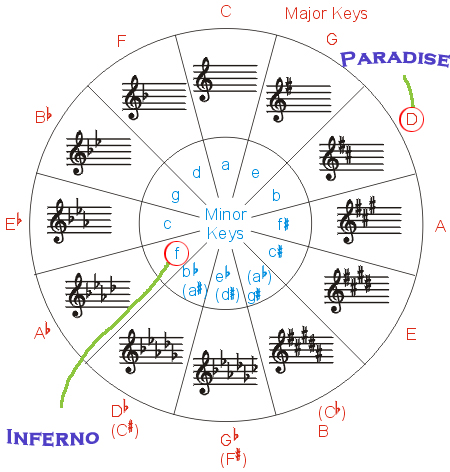
Introduction Breakdown (bars 1-54):
| 1-5 | Dissonance, interpreted by Mahler as Aufschrei eines im Tiefsten verwundeten Herzens (Outcry of a deeply wounded heart) |
| 6-8 | The Cross symbol in the minor version |
| 8-18 | Inferno triplets |
| 19-21 | Anticipation of a motif from the main theme |
| 21-24 | Inferno triplets |
| 25-32 | Wail (cf. Das klagende Lied, No. 81) |
| 32-39 | Inferno triplets |
| 39-54 | Fourfold Cross motif in the minor version |
The final movement continues directly on from the previous movement without interruption. An abrupt cymbal crash opens the movement, which is immediately followed by a strikingly dissonant chord produced by the woodwinds, string and brass sections, reinforced by a bass drum hit. This ferocious opening alludes to the inferno, creating a tremendous contrast to the faint, distant ending of the previous movement. Mahler described this opening as “The sudden outburst… of despair of a deeply wounded and broken heart.” (From a letter Mahler wrote to Bernhard Schuster in 1901)
Some of the key motifs representing the inferno were borrowed from Liszt’s Dante Symphony (1856), a work Mahler would have assumed familiar with his audience.
For example the Cross motif which appears in bars 6-8 was taken from Liszt’s symphony:

The final movement continues directly on from the previous movement without interruption. An abrupt cymbal crash opens the movement, which is immediately followed by a strikingly dissonant chord produced by the woodwinds, string and brass sections, reinforced by a bass drum hit. This ferocious opening alludes to the inferno, creating a tremendous contrast to the faint, distant ending of the previous movement. Mahler described this opening as “The sudden outburst… of despair of a deeply wounded and broken heart.” (From a letter Mahler wrote to Bernhard Schuster in 1901)
Some of the key motifs representing the inferno were borrowed from Liszt’s Dante Symphony (1856), a work Mahler would have assumed familiar with his audience.
For example the Cross motif which appears in bars 6-8 was taken from Liszt’s symphony:

This aural symbol of the Cross, originating from old Gregorian music, is found in two forms in the movement. The Cross symbol is used by Mahler as a device to break-through from the world of the inferno to the realm of the paradiso. The symbol of the Cross only ever appears in the minor version when the music is in the world of inferno:
1) minor version – intervals of a minor second and major third
2) major version – intervals of a major second and major third
The chromatically descending triplet motif first heard in bars 8-18 (Inferno Triplets) was another motif also taken from Liszt’s symphony:

|
After the introduction section, the following theme in F minor is presented boldly in the brass and woodwinds (bar 55). Pic

This theme is expanded and developed gaining momentum, until it transforms into the swelling brass section (bar 143), followed by a brief mellow transition section which leads into the beautifully lyrical secondary section in D flat major:

The expositions concluding section (bars 238-253) recalls the slow introduction from the main section beginning in bar 55, along with the inferno triplet motif.
| 254-289 | First part in G minor (As at the beginning) |
| 290-316 | First statement of the “victorious” motif in C major, pianissimo |
| 317-369 | Second part in C minor |
| 370-427 | Second entrance of the “victorious” motif (Pesante) (Modulation from C major to D major) and Chorale theme in D major (Paradiso) |
| 428-457 | Recall of motif of the main section (very slow); Mahler, “wundervoller Anklang an die Jugend des Helden” [“wonderful allusion to the hero’s youth”] |
The development section begins with another inferno motif taken from Liszt’s Dante Symphony (bar 254) played by the horns, clarinets and oboe in G minor:

The The ‘victorious’ motif in C major begins in bar 290 with the Cross motif making its first appearance in its major form played pianissimo by the first trumpet in bar 296.
This section includes a secondary motif forming the following theme:

The above theme is a rhythmic variation of the Grail theme from Richard Wagner’s Parsifal opera crafted in a manner which enables Liszt’s Cross symbol to be combined with the Dresden amen sequence used in Wagner’s Parsifal.
The second section of the development in C minor begins in bar 317. The ‘victorious’ theme makes its second appearance in bars 370-375, however, this time the dynamic markings are pesante and fortissimo (previously pianissimo), victory is seemingly in reach of the hero. The section begins in C major, modulating to D major – the realm of the paradiso.
Mahler elaborated on this victorious section to Bauer-LechnerIn during 1893:
“Maybe this was even more obvious in my First Symphony, at a transition that gave me so much trouble. There the concern was to gain a triumphant, lasting victory, after the music, having expressed short rays of hope, would always fall back into deepest despair. After a long search, it became obvious to me that I had to modulate from one key to the next higher one from C major to D major, the tonic of the piece. One could have accomplished this easily by using the half-step in between, moving up from C to C-sharp and then to D, but everyone would have known it to be the next step. Instead, my D chord, had to sound as if it had fallen from heaven, as if it had come from another world. Thus I found the transition by way of a very free and bold modulation that for the longest time I did not want to use. And if there is anything great about the whole symphony, then it is this passage which, I am convinced, has no equal.”
The Chorale theme in D major contains a modified version of the nature theme from the first movement.
Nature theme, First movement, bars 18-21:
![]()
Chorale theme, Final movement, bars 388-391:

A slow section concludes the development section in bars 428-457. Many motifs and themes from the first movement return as the hero remembers his carefree youth: the nature theme, the fanfare awakenings, bird calls (quail call, cuckoo call and Tirili motif), the chromatic bass-step motif. These previous musical ideas are intertwined with newly introduced material such as the inferno triplets (bar 433-434).
Recapitulation (Bars 458-695)
| 458-532 | Secondary section with transition in F major |
| 533-573 | Main theme in F minor (Tempo I): the Inferno image now has been moved to the distance (ppp) |
| 574-622 | Intensification of material from the main section |
| 623-695 | Höchste Kraft (Utmost strength): breakthrough, third occurrence of the “victorious” motif and Chorale theme in D major (Paradiso)0 |
Coda:
| 696-731 | Coda |
全曲最後一段音樂:開首奮鬥般的音型又再出現,但更為激烈,爆發出無比的能量,這就是馬勒眼中的大自然:既強大但又溫柔,充滿生機但同時又可以操控死亡。銅管再次奏出主題,更加宏偉、更加激昂,小號與法國號樂手都站起來吹奏,結束在光輝燦爛的D大調。
完整演奏
四樂章版本完整演奏
阿巴多於琉森音樂節
四樂章版本完整演奏
Fabio Luisi 指揮德勒斯登愛樂
延伸閱讀
開卷蹦藝術.享受美好閱讀時光
☕️一杯咖啡.一點心意.支持蹦藝術☕️
各類合作提案,聯繫方式:
*手機:0917.670.518
*Line:https://line.me/ti/p/LB1ro0P0AU
*E-mail:jenpin888@gmail.com
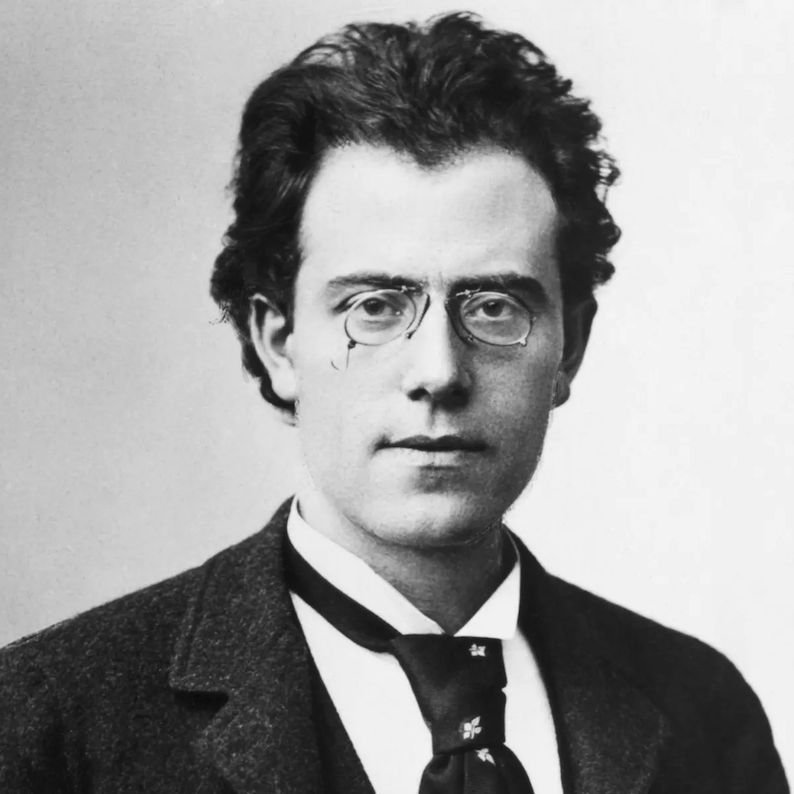


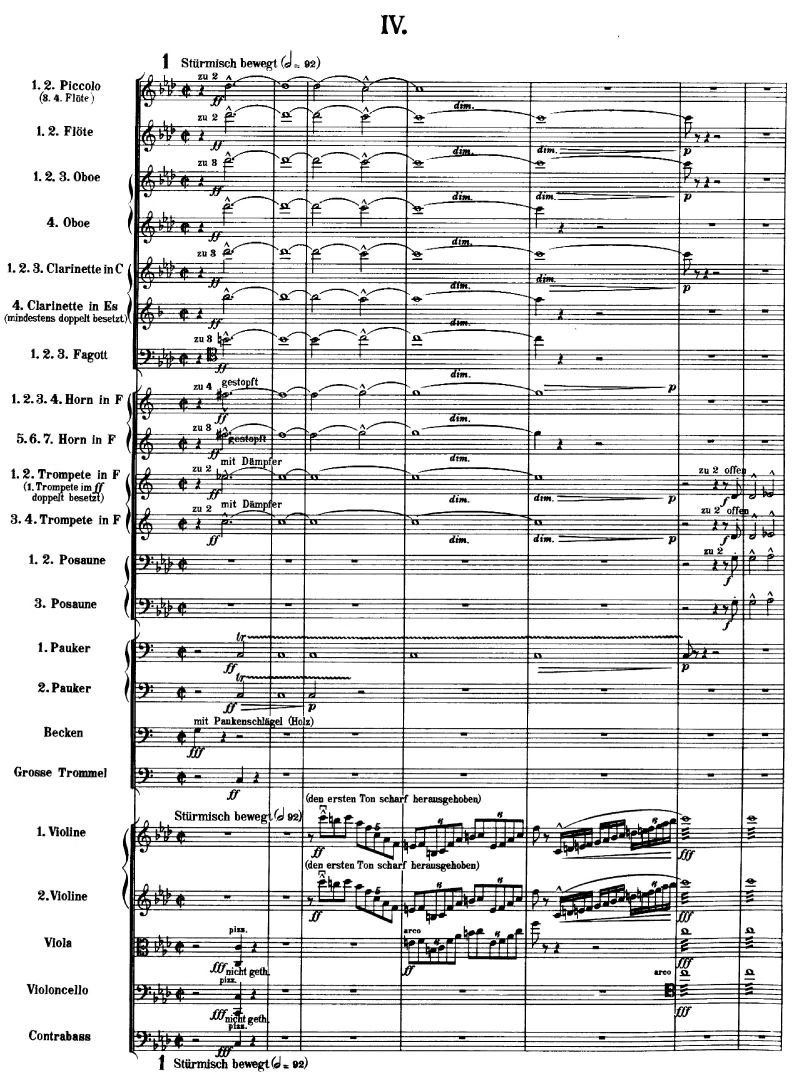
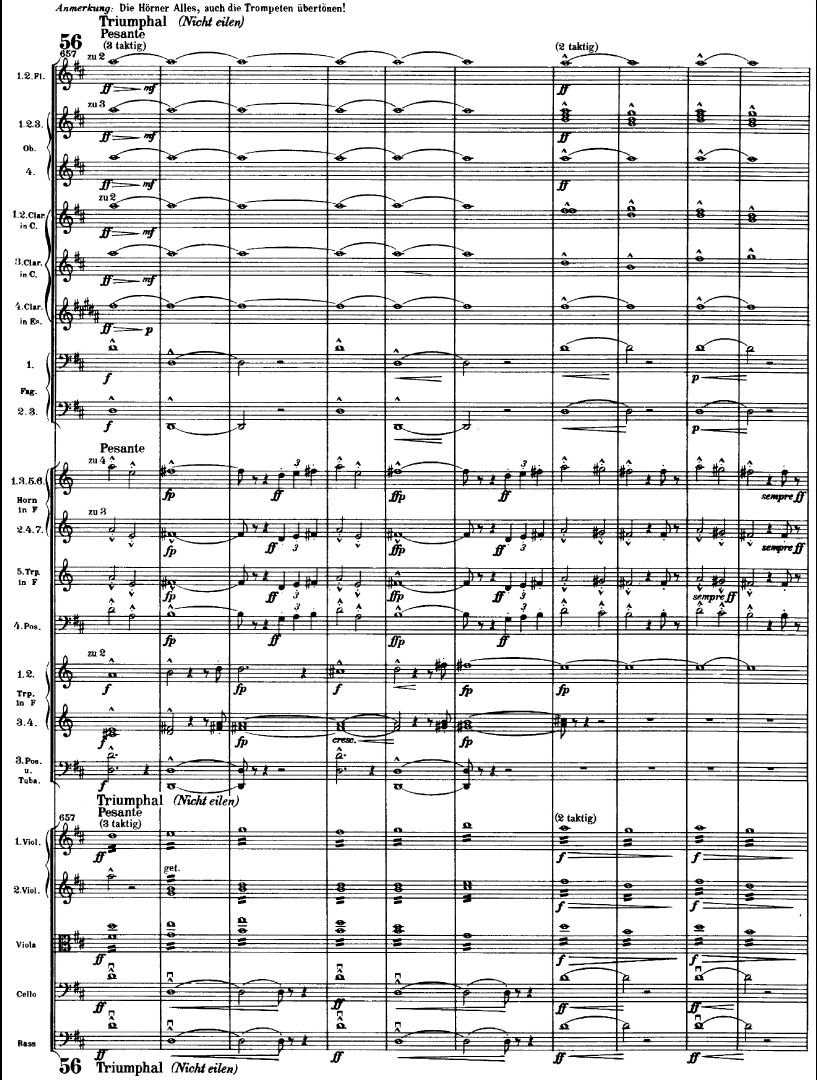

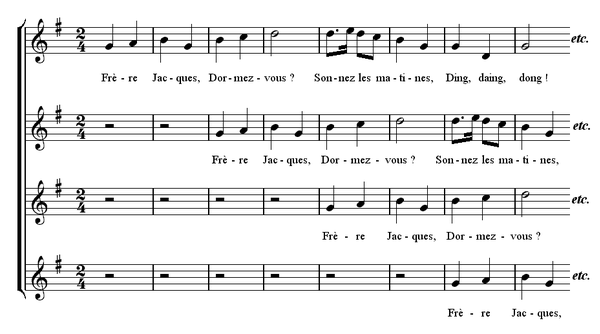
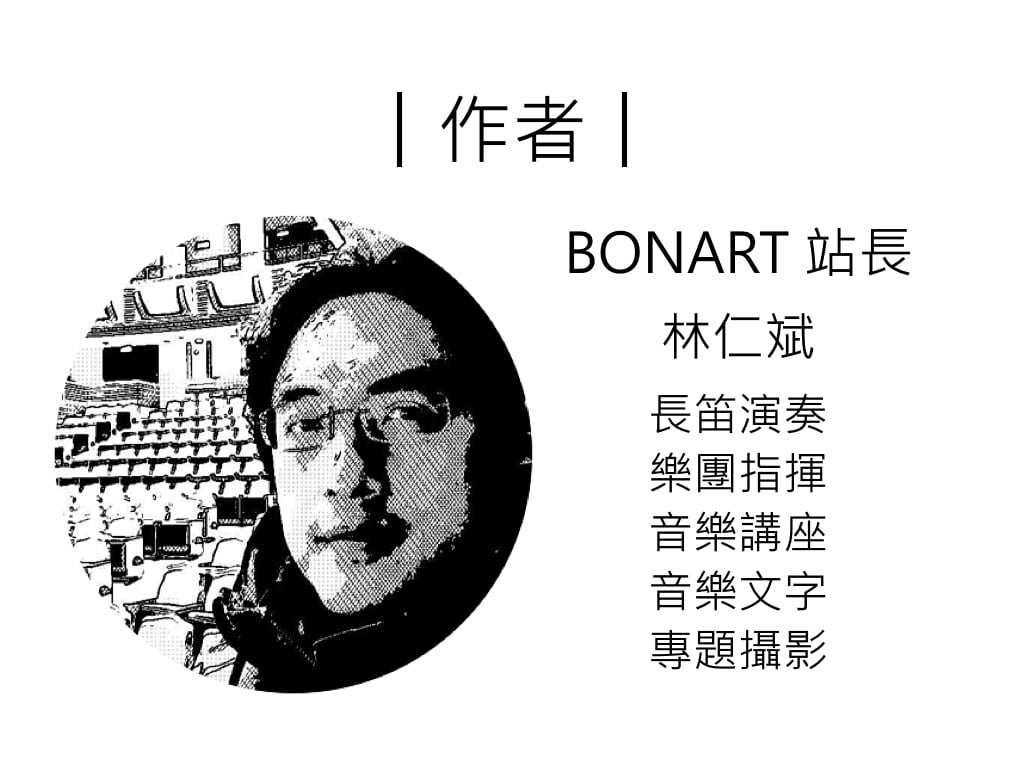

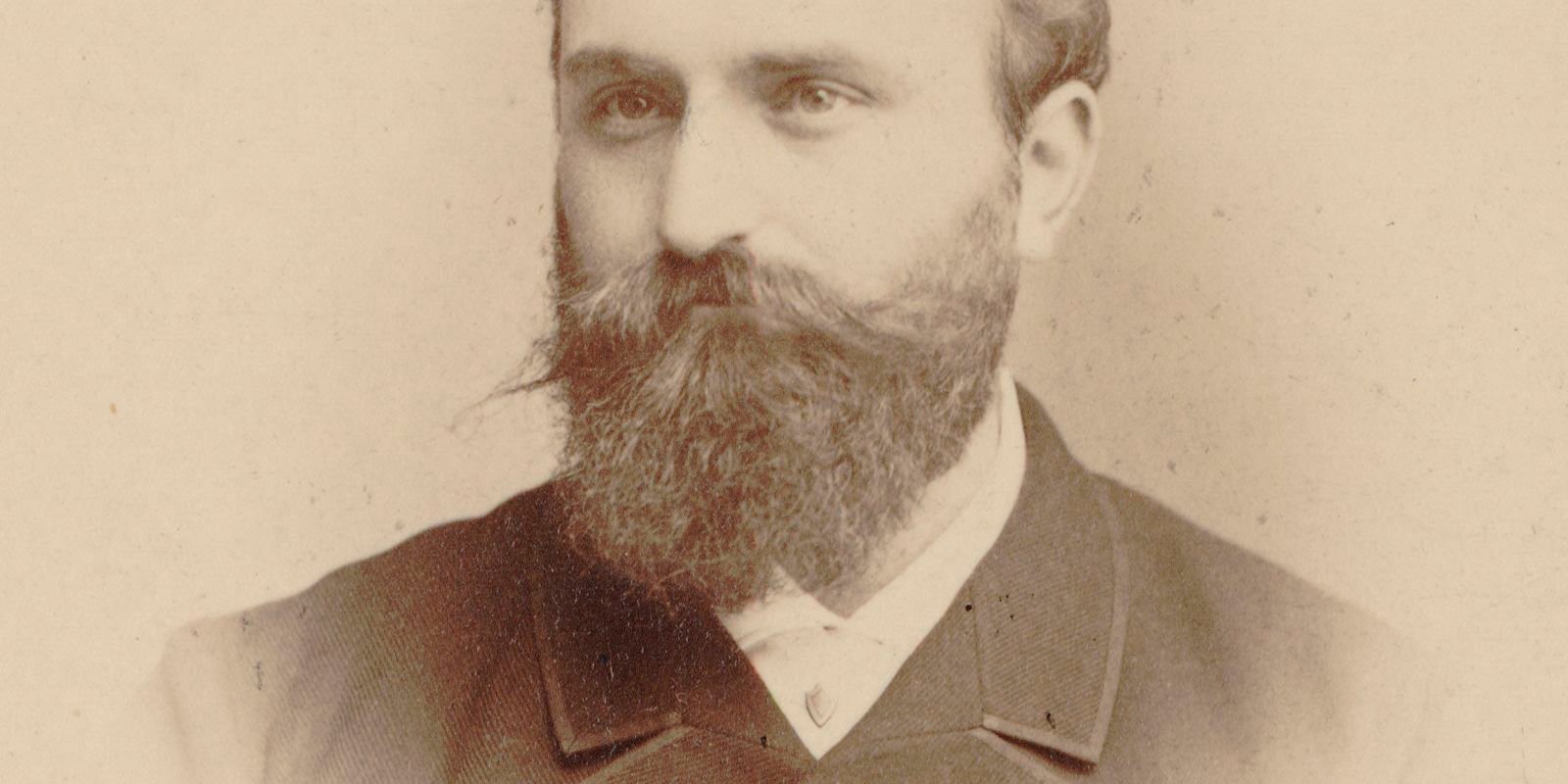


[…] 【BON音樂】我的時代終將來臨:馬勒第一號交響曲《巨人》 […]
[…] 【BON音樂】我的時代終將來臨:馬勒第一號交響曲《巨人》 […]
[…] 【BON音樂】我的時代終將來臨:馬勒第一號交響曲《巨人》 […]